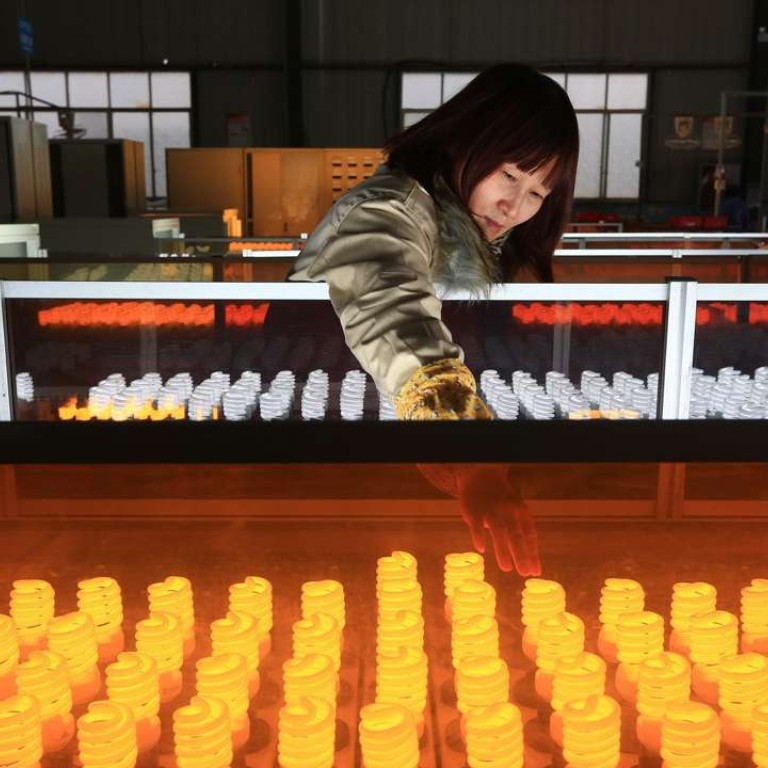
Update | China’s manufacturing sector expands for third straight month, beating market expectations
Official purchasing managers’ index remains unchanged from April but new orders drop again and employment continues to contract
Activity in China’s manufacturing sector expanded slightly last month, according to official data, marginally beating market expectations.
The official purchasing managers’ index stood at 50.1 in May, unchanged from the previous month, according to data released on Wednesday by the National Bureau of Statistics and the China Federation of Logistics and Purchasing.
It was the third month the index has recorded an expansion after seven months of contraction. A reading above 50 signals growth in activity.
The index was expected to fall to 50 in May, according to a median forecast of 31 economists polled by Reuters.
The PMI indicates the real economy retains a weak recovery momentum
“The PMI indicates the real economy retains weak recovery momentum,” said Steven Zhang, chief economist at Morgan Stanley Huaxin Securities.
“The government started to refocus policy to retire overcapacity after seeing the economy stabilise in the first quarter,” Zhang said.
The index provides a snapshot of operating conditions in the manufacturing sector. It is seen as the freshest available data indicating economic performance and is based on a survey of 3,000 manufacturers nationwide.
China plans ‘enormous’ investment in 15 innovation centres to take manufacturing sector to next level
While output rose slightly in May from April, new orders dropped for the second month in a row. Employment levels improved from April, but are still contracting. The index for high energy-consumption businesses fell to 49.1 last month from April’s 50.1. The gauge for small businesses rose to 48.6 in May from April’s 46.9.
Zhang Liqun, a government adviser, said in a release with the data: “The broad economy is in the process of stabilisation, but expectations and demand are not stable.”
The economy grew 6.7 per cent in the first quarter compared with the same period last year, as the leadership tries to steer away from credit-fuelled growth.
“The PMI reinforces our view that top policymakers don’t want to see massive growing credit and today’s figures will not prompt any massive policy easing,” said Raymond Yeung, a senior economist at ANZ Bank.
So China’s growth looks good, but now what?
The mainland also released its non-manufacturing PMI, a measure of activity in the services sector. The reading was 53.1, down from April’s 53.8.
The Markit/Caixin factory PMI, a private and separate gauge of manufacturing activity also released on Wednesday, fell to 49.2 in May from April’s 49.4. The survey covers 420 small and medium-sized manufacturers.
“With the policy focus on retiring obsolete capacity and the sluggish exports, the outlook for small businesses will be tough,” Yeung at ANZ said.


